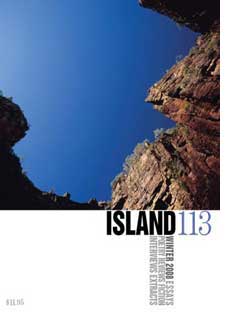 Thanks to Margie Jenkin for her review of The Woman on the Mountain in the latest edition of Island, Tasmania’s justly famous magazine of arts and literature.
Thanks to Margie Jenkin for her review of The Woman on the Mountain in the latest edition of Island, Tasmania’s justly famous magazine of arts and literature.
A good review is always gratifying, but this is the best of the lot by a long way and it makes the hard work of writing worthwhile.
Margie Jenkin is another mountain woman: she lives on Mount Wellington, the huge, brooding dolerite massif that dominates the landscape around Hobart. And she works as a ranger on the Maria Island National Park off the south-east coast of Tasmania.
There couldn’t have been a better choice of reviewer: her studies at the University of Tasmania’s School of Geography and Environmental Studies included an Honours thesis exploring sense of place through the stories of Tasmanian lighthouse-keepers and their families — so she was very much in tune with my own feelings about the the importance of place in our physical and emotional lives.
I can’t resist a couple of quotes from her sensitive and beautifully written review:
“Munro’s writing emanates strength and courage, and thoughtfulness for tomorrow. Reading her words, you are urged to reconnect with home to nurture a sense of care…”
“A complete treat, this book is daring and heroic. Munro’s narrative provides the habitat to re-visit your own ideologies and unfulfilled dreams. She reminds you that it is never too late, but warns that you must plant your seedlings soon to see them grow in your lifetime.”
You can read the full review in Island No. 113, out now, and I urge you to subscribe if you can — our literary magazines deserve everyone’s support, so visit the Island website now.
Or you can download the review as a PDF here,
My thanks to Margie once again and to Island’s editor Gina Mercer for permission to re-publish the review.
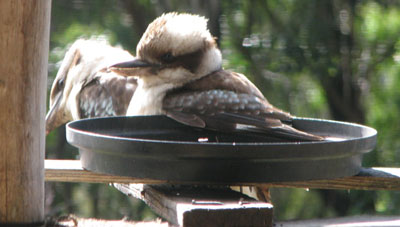
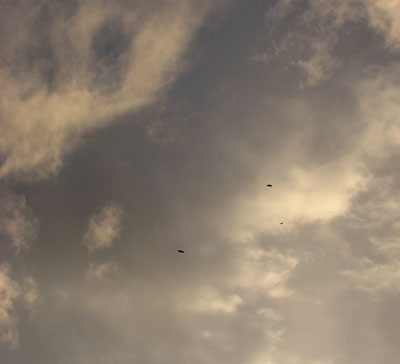
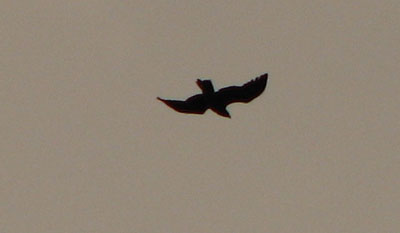
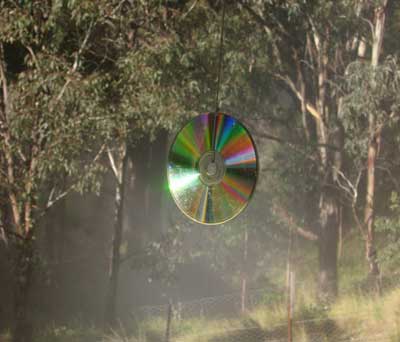

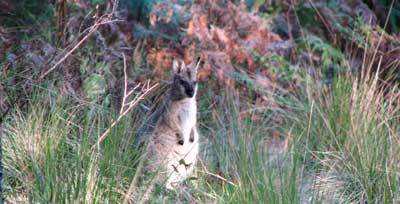
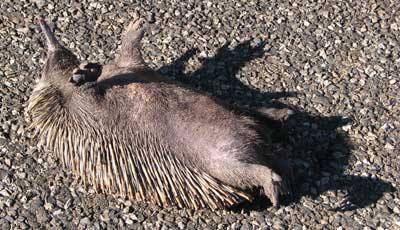
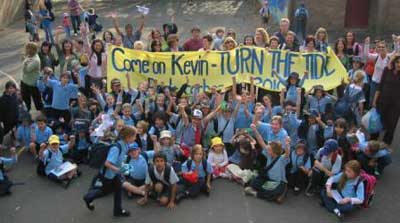
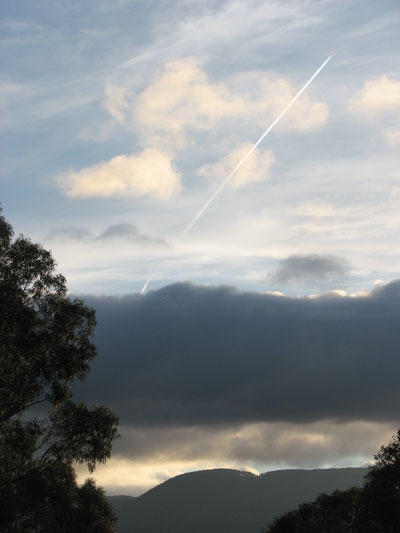
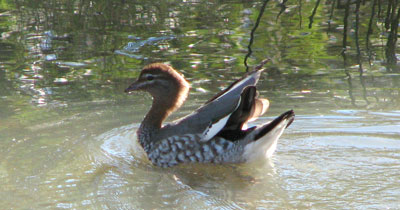


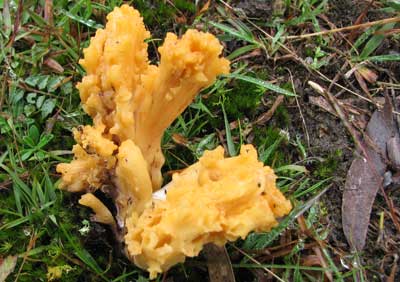

 Thanks to Margie Jenkin for her review of The Woman on the Mountain in the latest edition of Island, Tasmania’s justly famous magazine of arts and literature.
Thanks to Margie Jenkin for her review of The Woman on the Mountain in the latest edition of Island, Tasmania’s justly famous magazine of arts and literature.